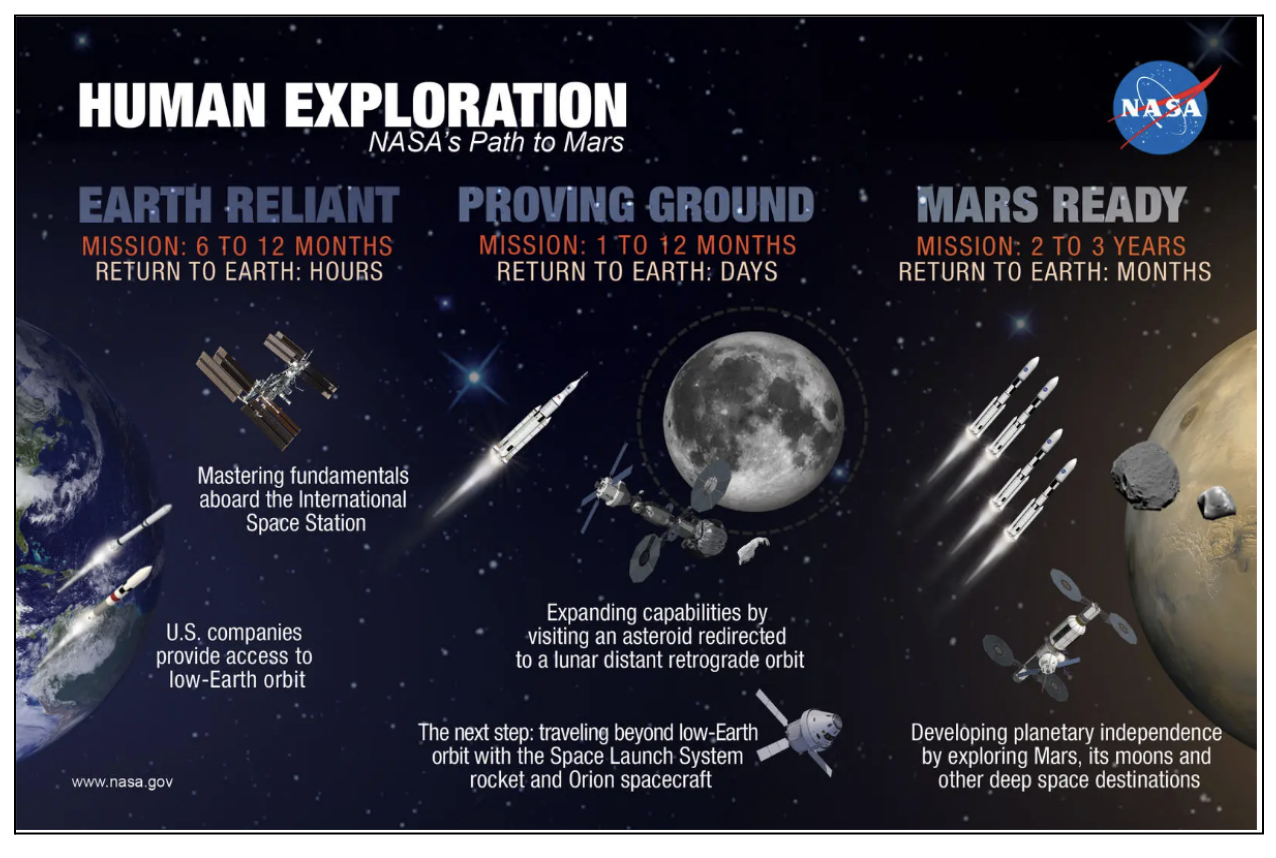News Excerpt:
Seismic recordings from NASA's InSight probe have unveiled that Mars is hit by basketball-sized meteorites almost daily, a frequency five times higher than previous estimates.
Previous Estimates and New Discoveries:
- Earlier scientists estimated the frequency of meteorite impacts on Mars by analysing images from orbiting spacecraft or by creating models based on lunar craters.
- NASA's InSight probe, which landed in Elysium Planitia in 2018, has allowed scientists to listen to the seismic activity within Mars for the first time, revealing a much higher rate of impacts.
InSight's Contributions:
- The InSight mission's seismometer has been pivotal in this discovery.
- By detecting the internal rumblings of Mars, researchers could track meteorites hitting the surface.
- Listening for impacts seems to be more effective than looking for them to understand how often they occur.
|
What is a meteorite?
|
The Difference Between Earth and Mars Meteor Showers:
- Mars, being roughly twice the size of the Moon and closer to the solar system's main asteroid belt, is more susceptible to meteorite impacts than Earth.
- Unlike Earth, which has a dense atmosphere that breaks apart most meteorites before they reach the surface, Mars has a much thinner atmosphere(100 times thinner than Earth's).
- The lack of atmospheric protection means that more meteorites reach the Martian surface intact, creating craters.
Significance of the Findings
- The researchers utilised InSight's seismic data to estimate that Mars experiences between 280 to 360 meteorite impacts annually, each creating craters larger than eight metres (26 feet) in diameter.
- This rate is about five times higher than previous estimates based solely on orbital imagery.
Challenges for Orbital Observations
-
Mars' frequent and intense dust storms pose a significant challenge for orbiting spacecraft to detect new meteorite craters.
-
Flat and dusty regions, where new craters are easiest to spot, cover less than half of Mars' surface.
-
However, InSight's seismometer can detect every impact within its range, overcoming the limitations faced by orbital observations.
Methodology and Future Implications
- By tracking specific acoustic signals produced by meteorite impacts, scientists could estimate the size of the craters and their distance from InSight.
- They extrapolated this data to determine the number of meteorite impacts across the entire planet.
Implications for Future Mars Missions
- The study's findings suggest that a significant meteorite strike, creating a 30-metre crater, occurs on Mars approximately once a month.
- This frequent bombardment is a crucial consideration for future manned missions to Mars, as it poses potential risks to astronauts and equipment on the Martian surface.
Conclusion
This study marks the first time seismological data has been used to determine the frequency of meteorite impacts on Mars. The revelations provided by InSight's seismic recordings offer invaluable insights for understanding Martian geology and planning for future exploration of the red planet.
|
InSight Lander The Interior Exploration using Seismic Investigations, Geodesy and Heat Transport (InSight) was a NASA Discovery Program mission that placed a single geophysical lander on Mars to study its deep interior. InSight was more than a Mars mission.
|
|
Human mission to mars
|



